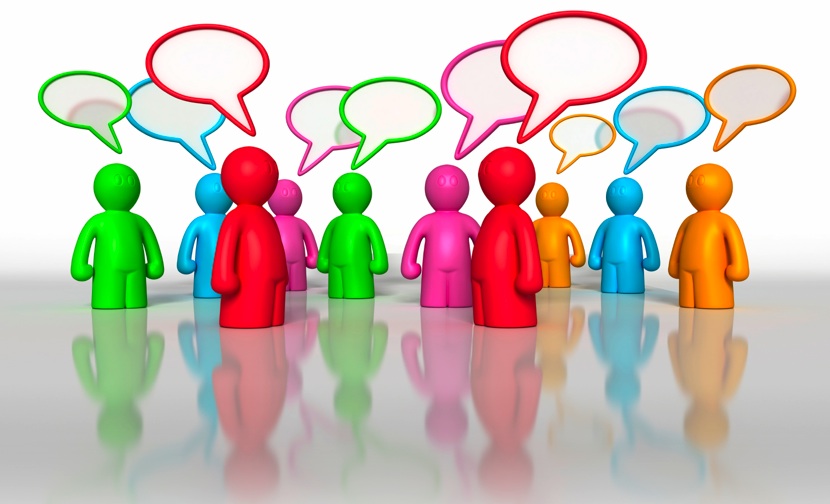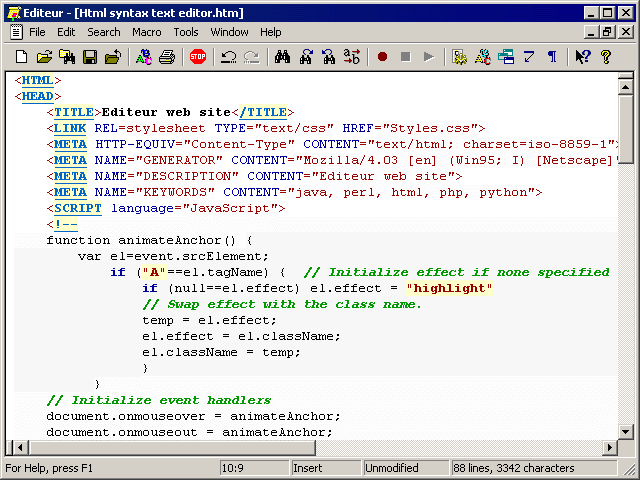
Journalists rely on Internet readers’ ideas to gather and present news.
Crowd-Sourcing: communities that come together to provide the value for a given Web site
- focuses on “community power”
- a group of committed individuals can outperform a small group of experienced (and paid) professionals
- individuals help put a story together by giving advice on an investigation or provide data collection
- reporting based on the work of many, including your readers
“Crowdsourcing works in some situations, but not in others. If there were a jar of gumballs in this room, I’d want everyone’s help in determining how many gumballs were in the jar. If I needed brain surgery, I don’t want anyone in this room to help. No offense.” – David Cohn, Spot.Us
Open-source reporting: using transparency in reporting in order to provide benefit to your audience and possibly acquire benefits from your audience
- welcomes audience feedback
- beatblogging: build a social network around a traditional reporting beat, bring the stakeholders on the particular beat together then weave a discussion and see what stakeholders say to one another
- links “power the web” – they build readership and brings readers back
- link journalism: using editorial judgement to provide links to other sources of news and information, based on the needs and interests of a particular audience
“A reporter can more deeply penetrate a topic area and discover great new angles and story tips by “listening” to an informed conversation among loyal readers.” – Mark Briggs
Pro-am journalism: allows audience to publish directly to the same platform, that professional journalists uses to publish their news; a “do-it-yourself” movement
- most unfiltered form of collaborative journalism
- allows readers to publish their own news of other forms of content
- readers provide that “what” and journalists provide the “why”
“Everyone is a media outlet.” – Clay Shirky




